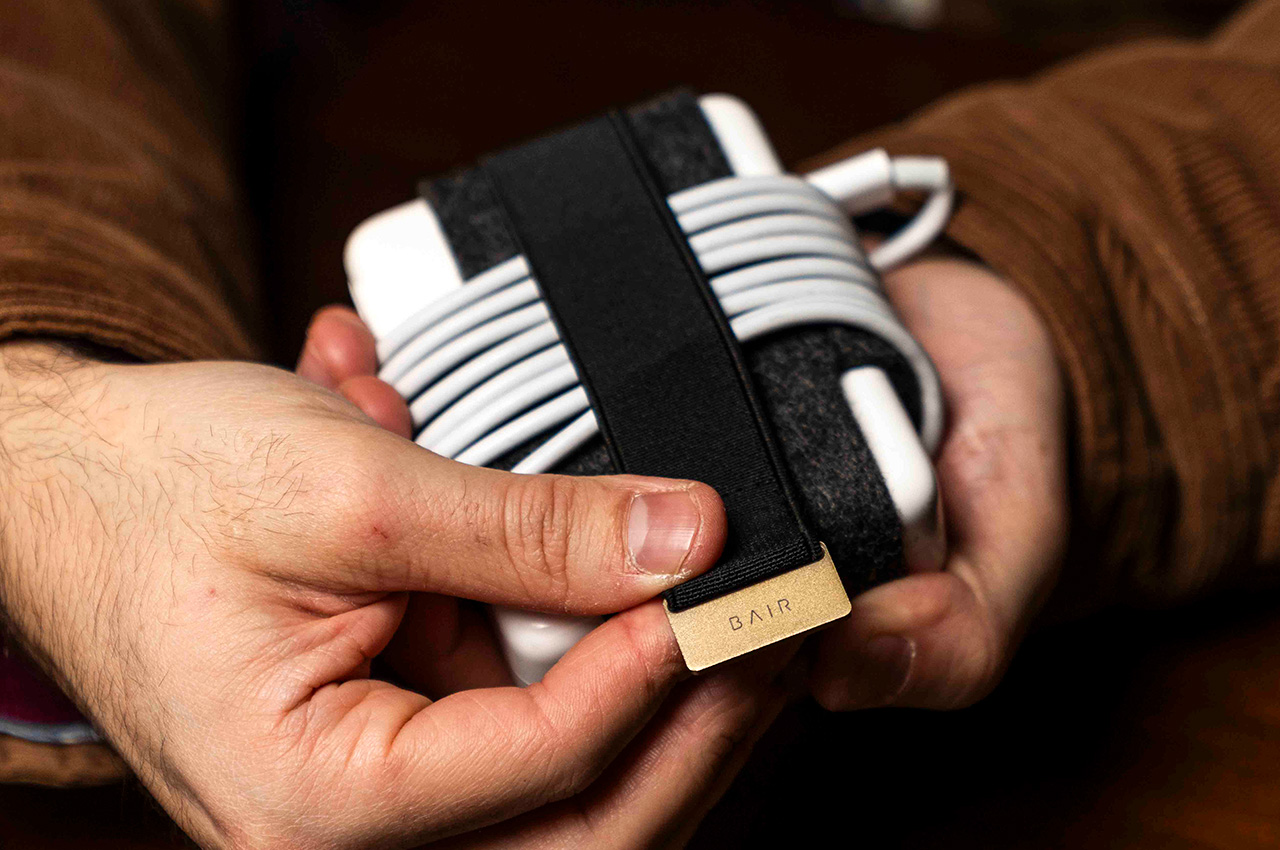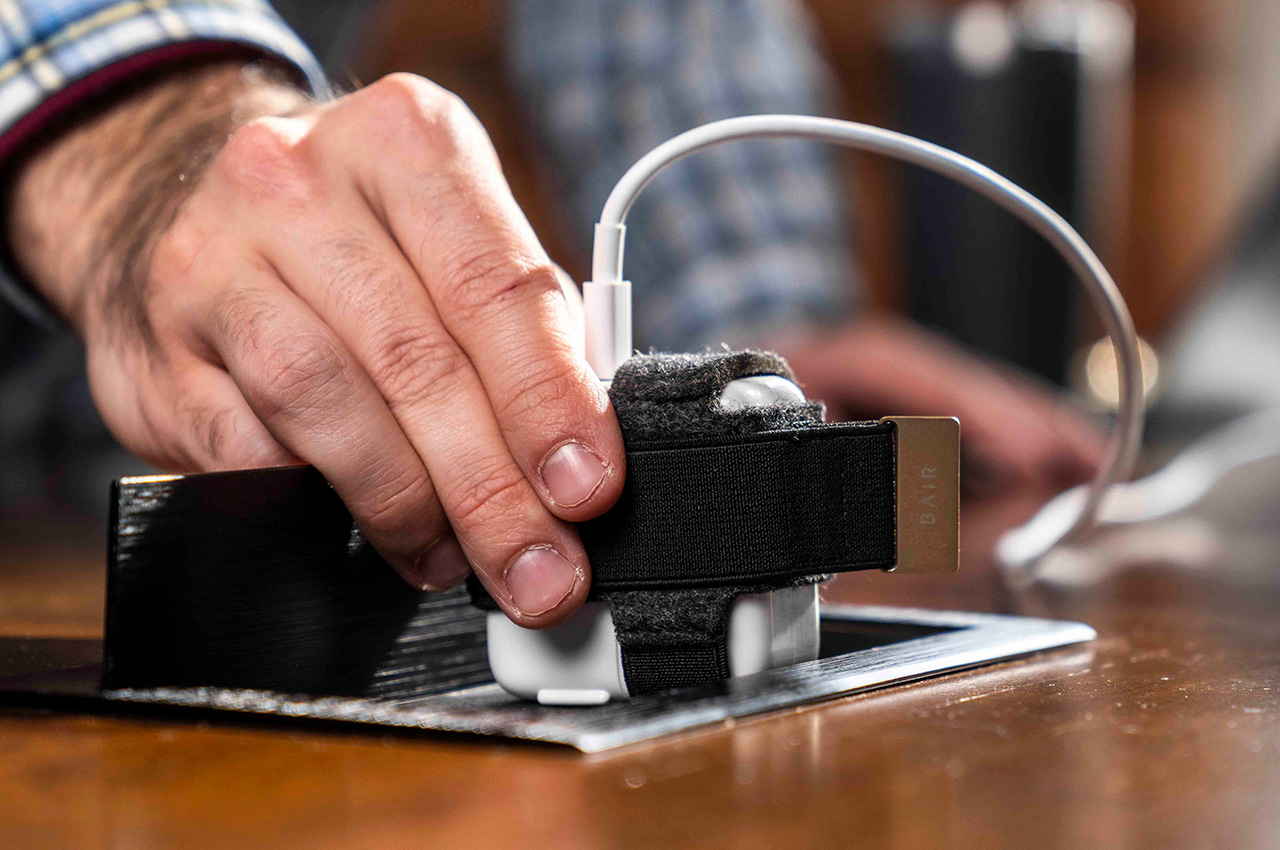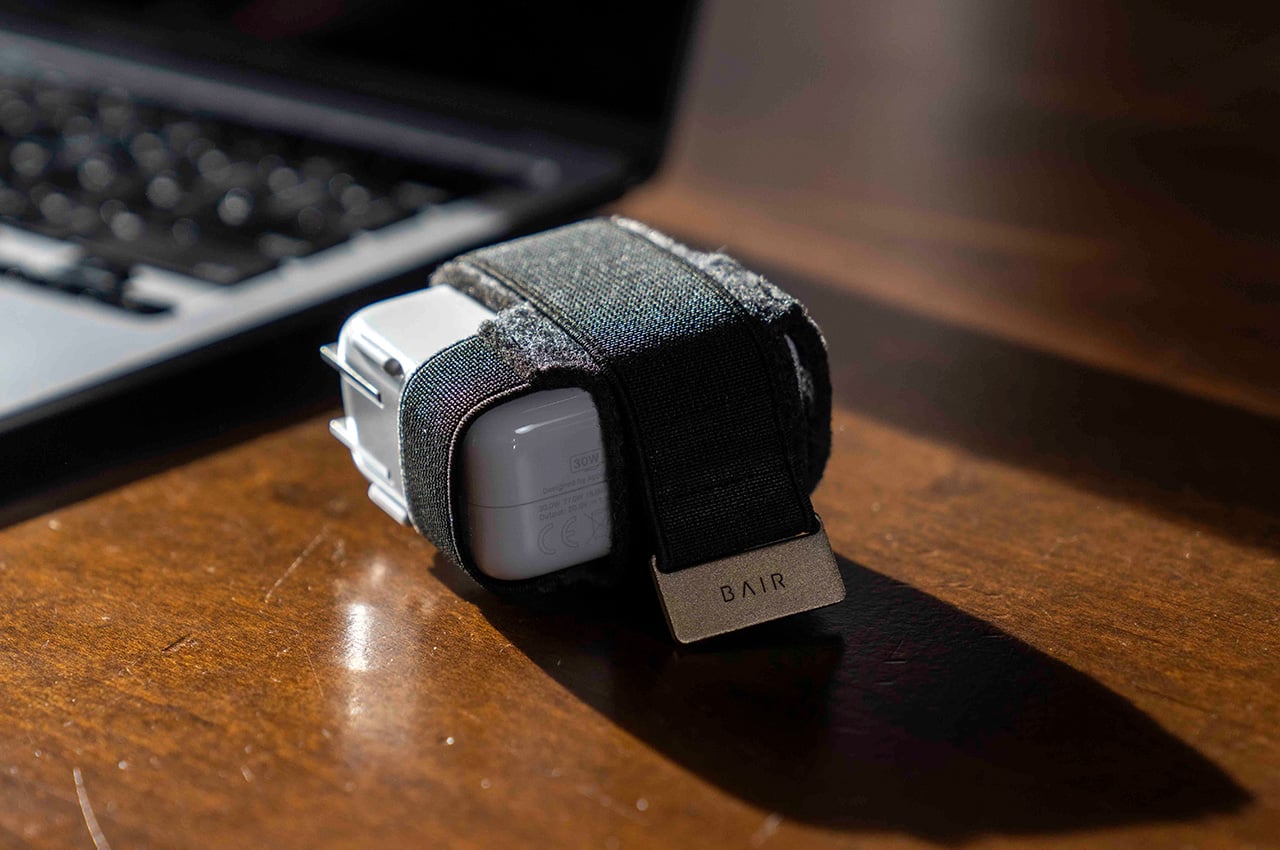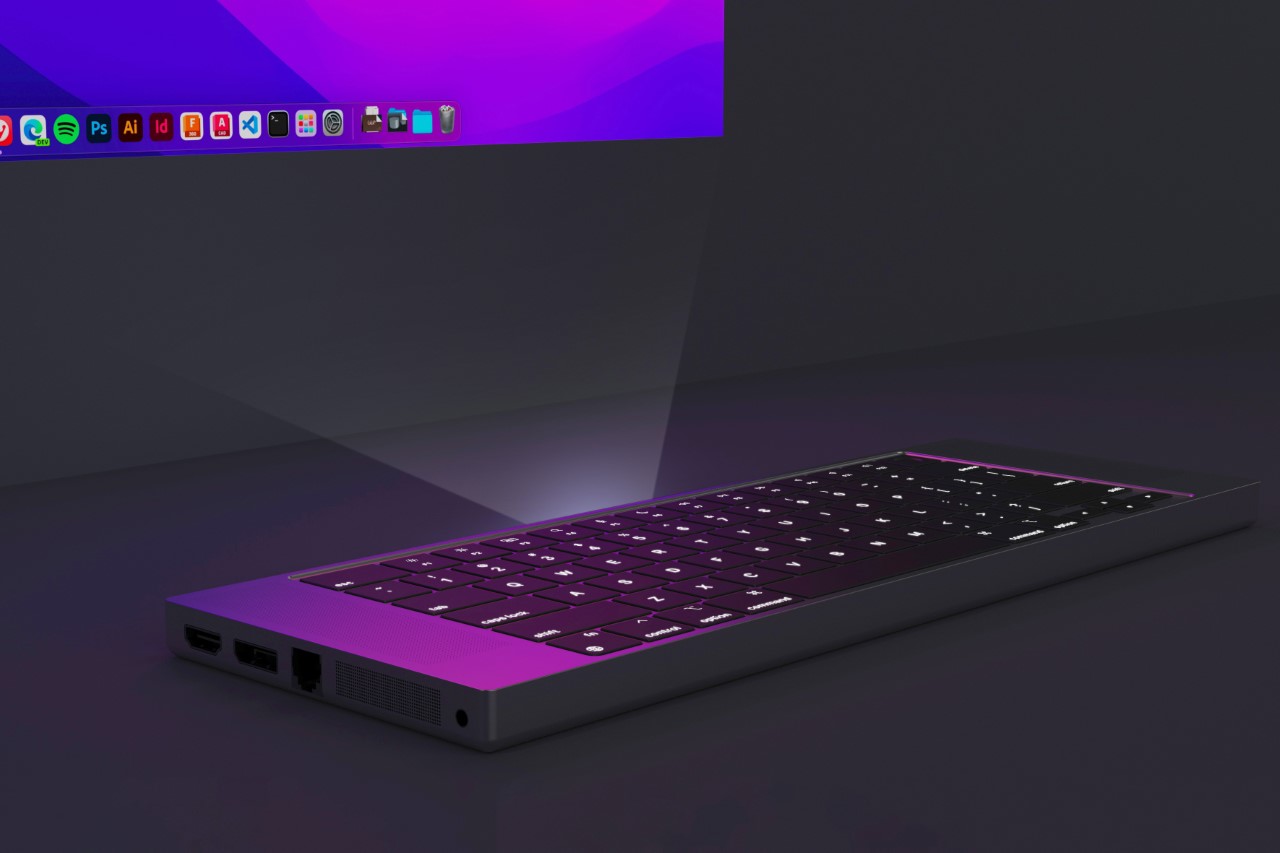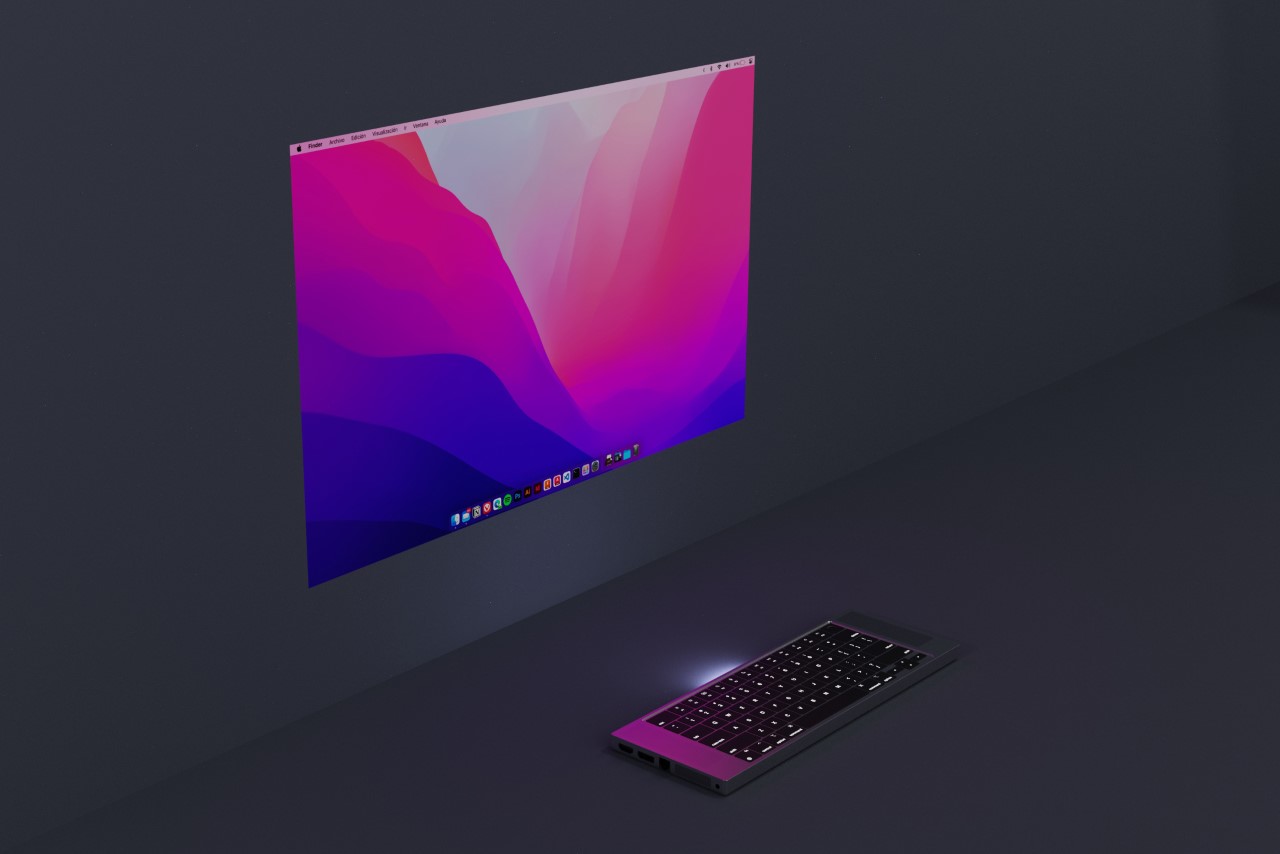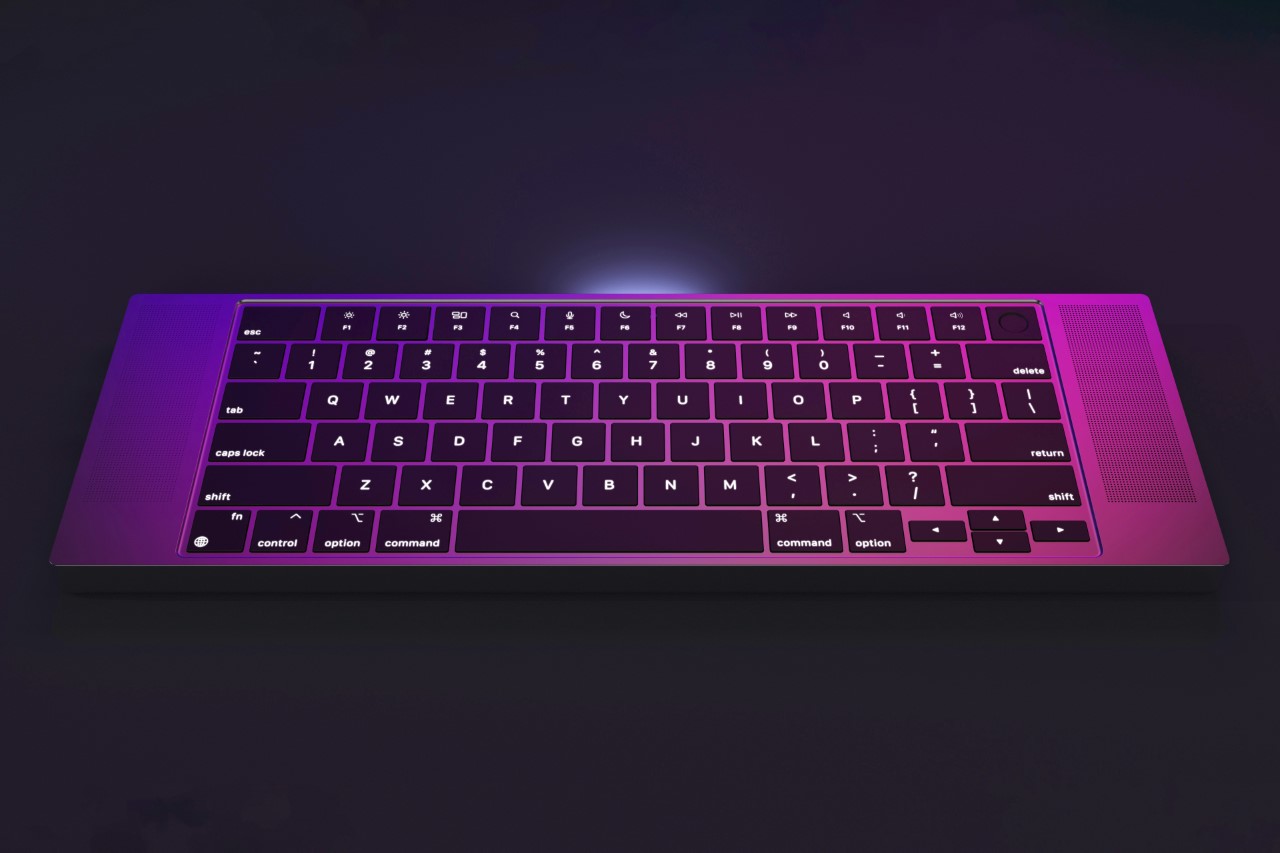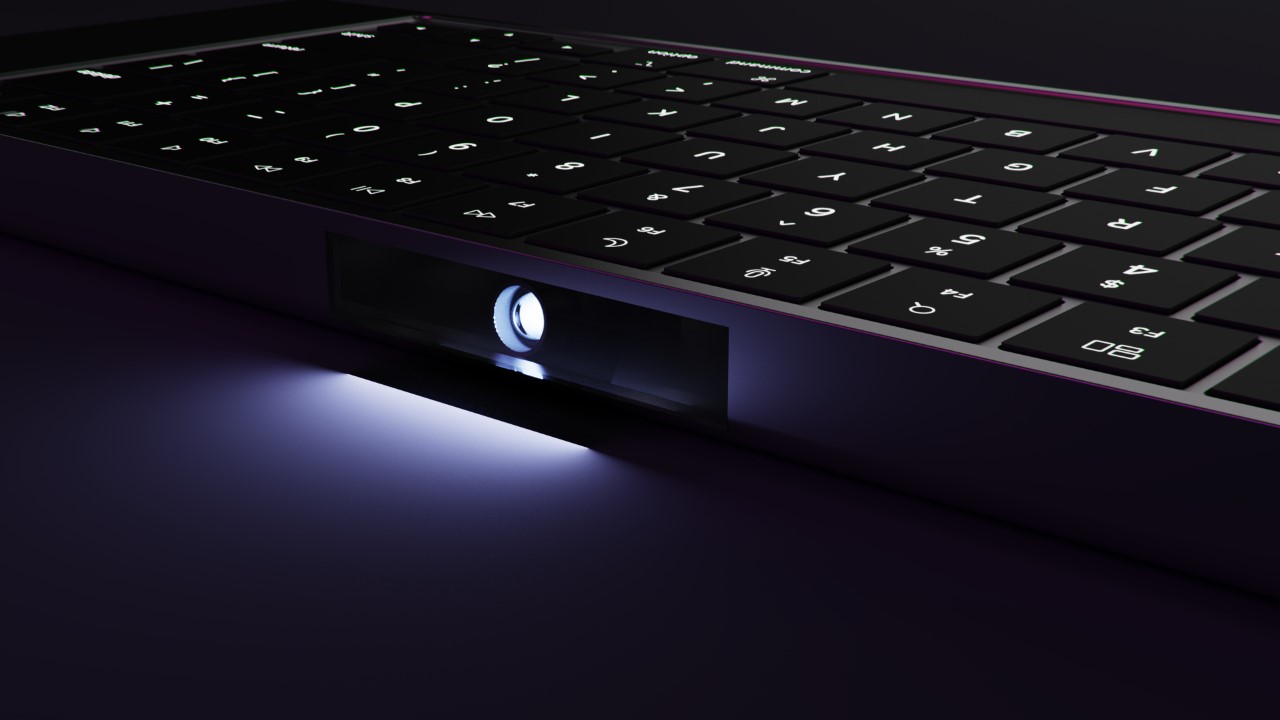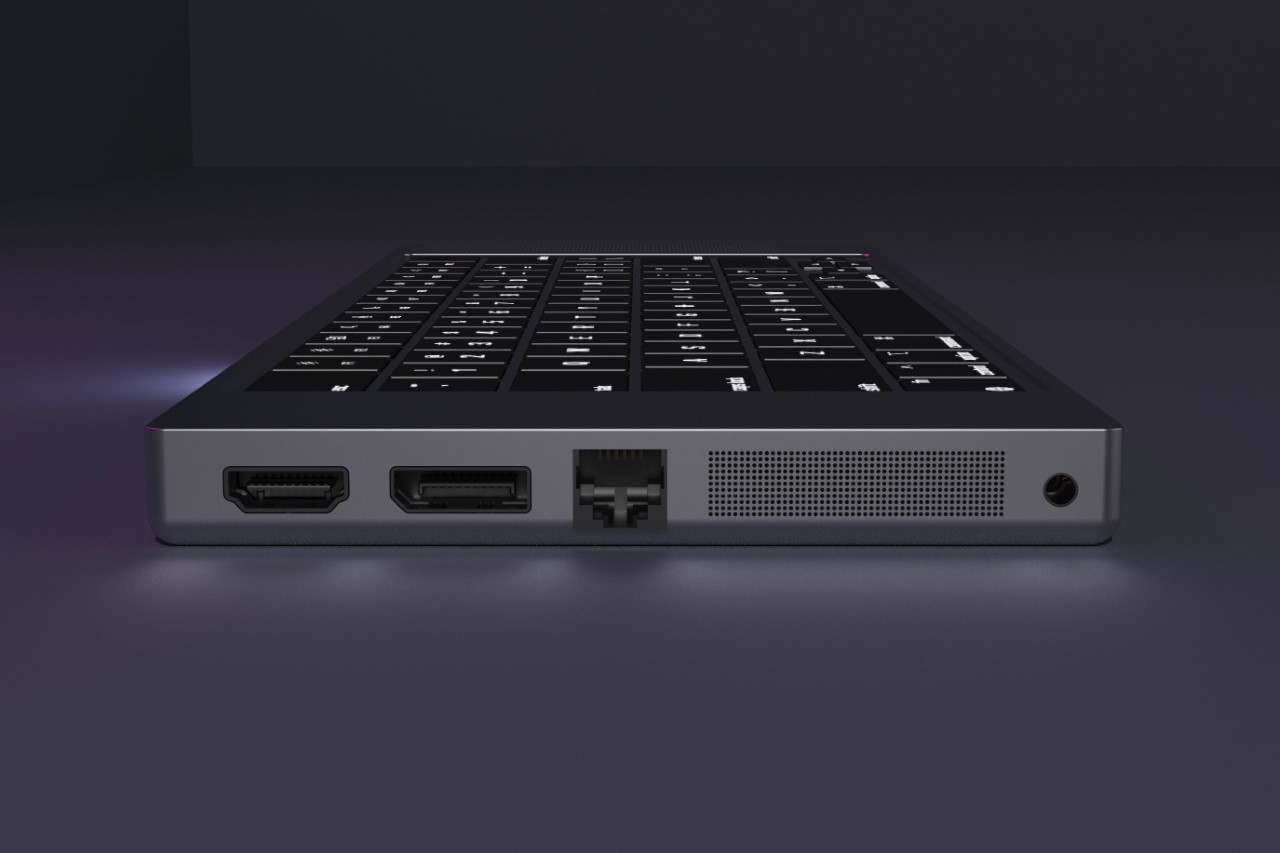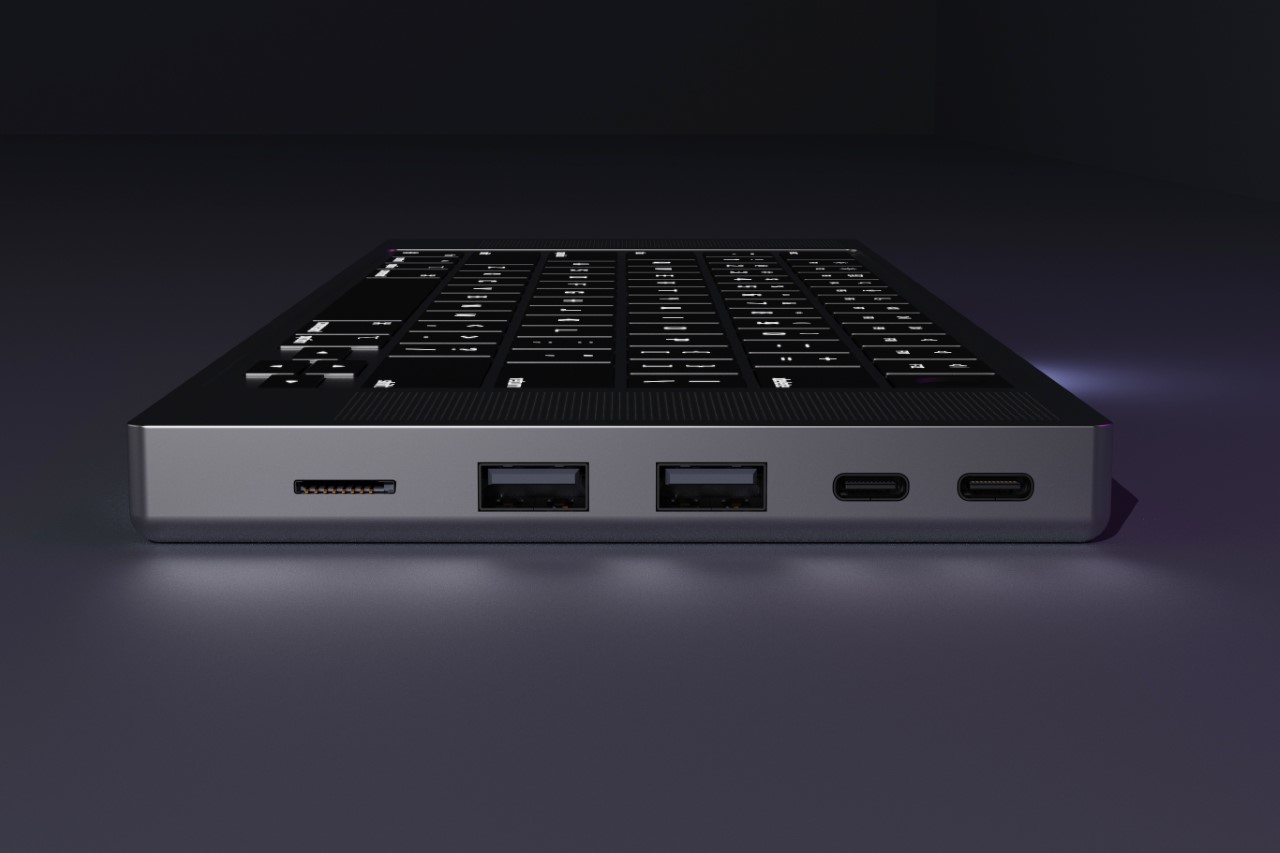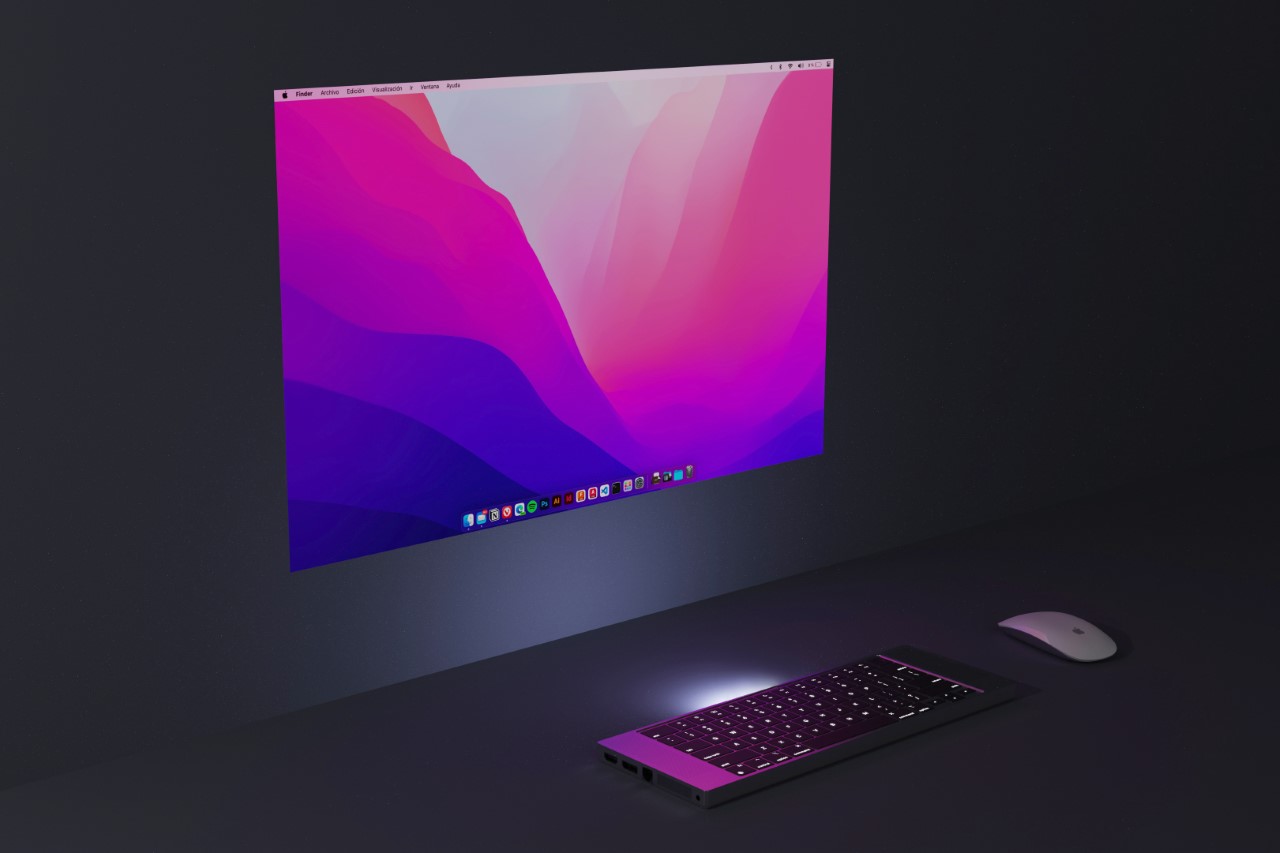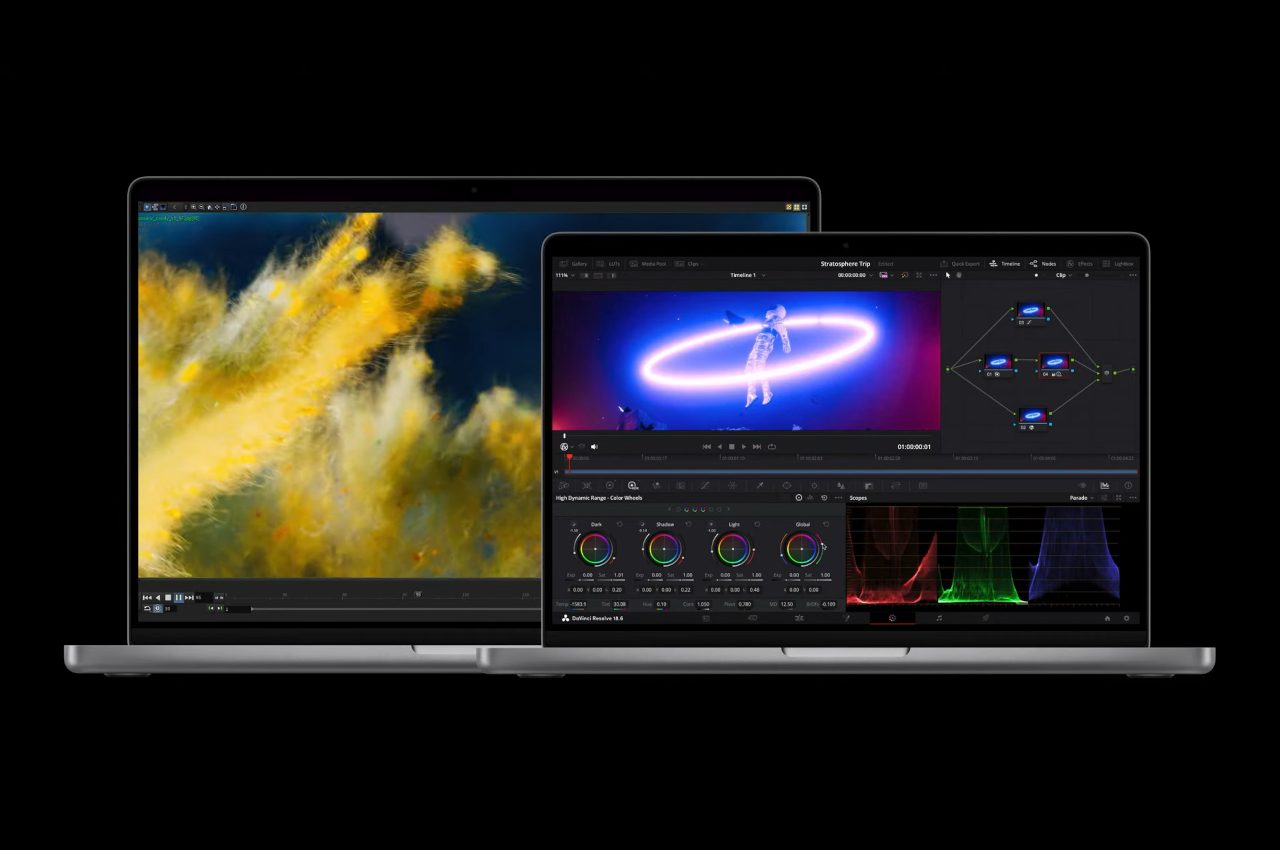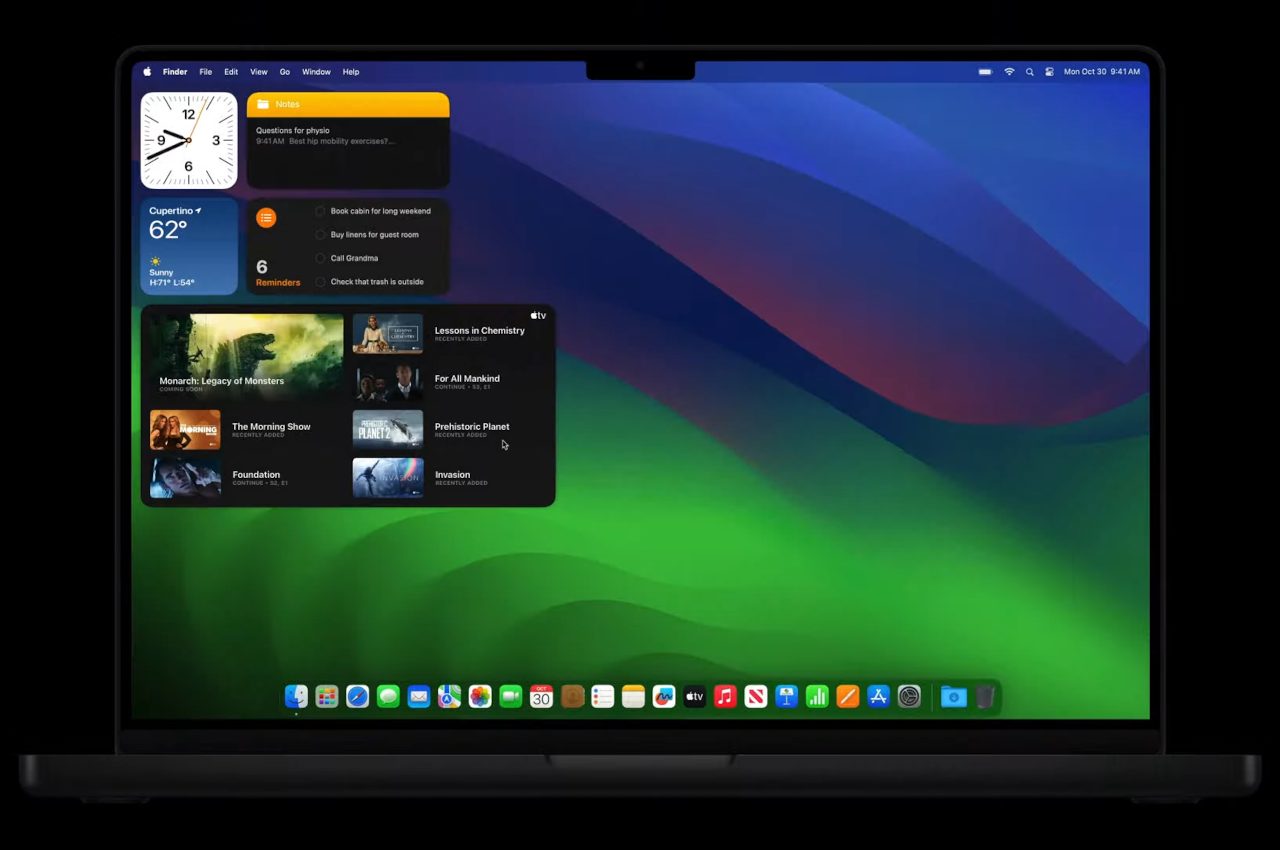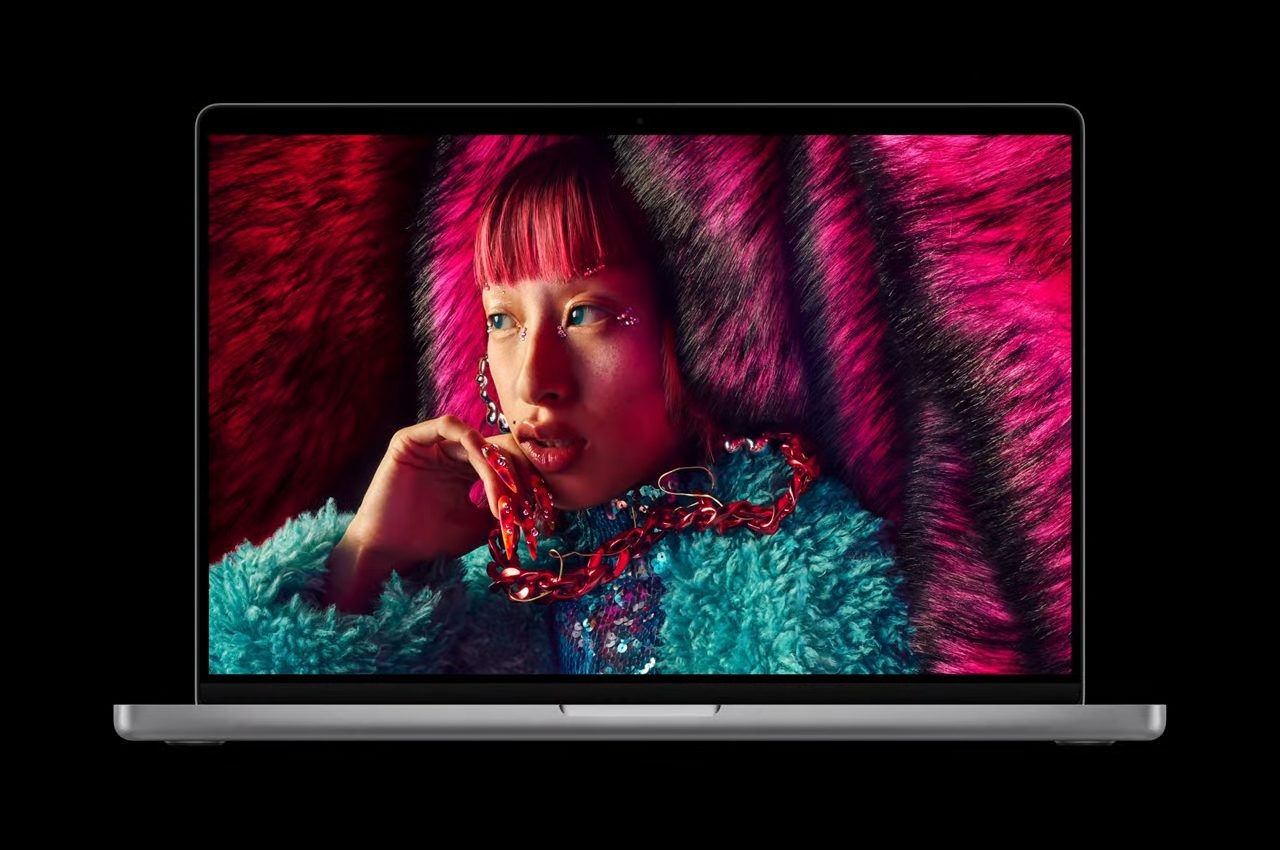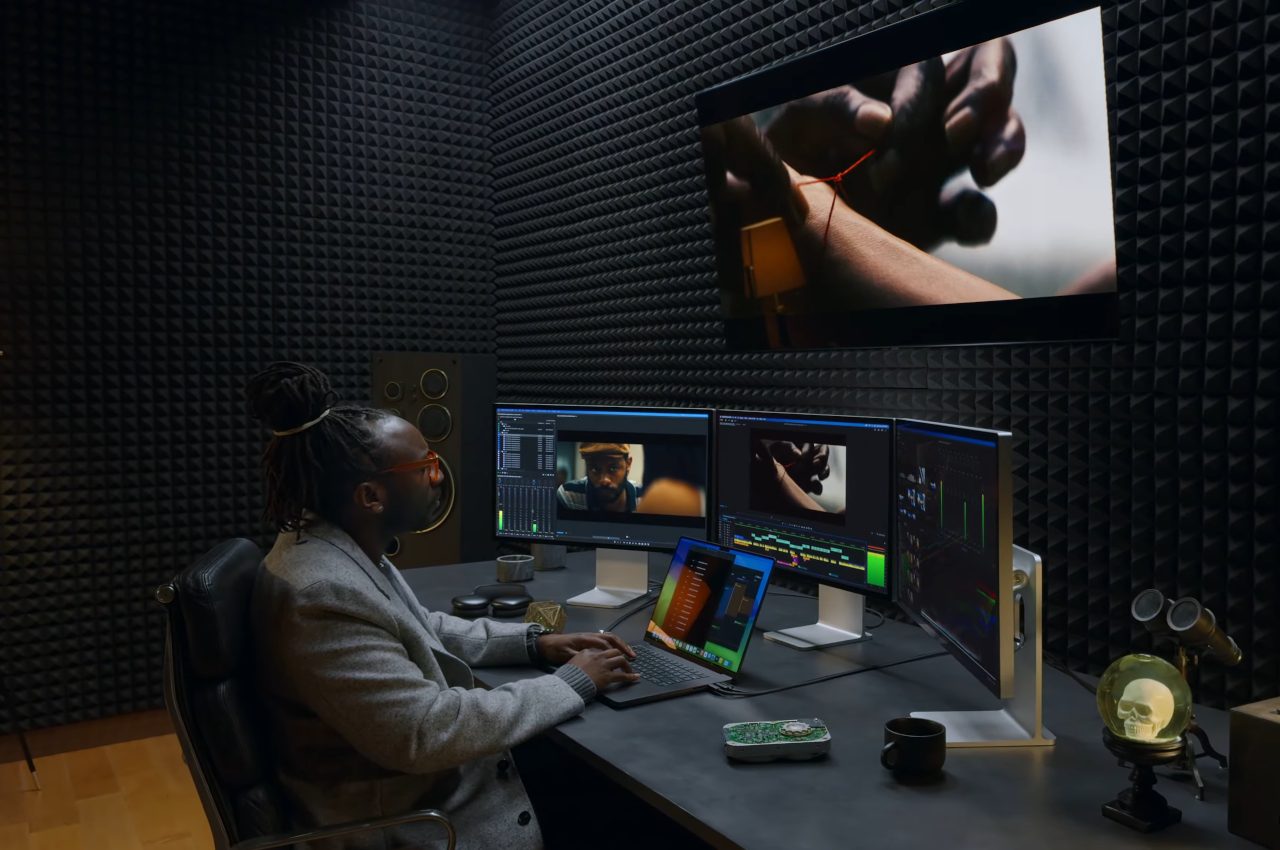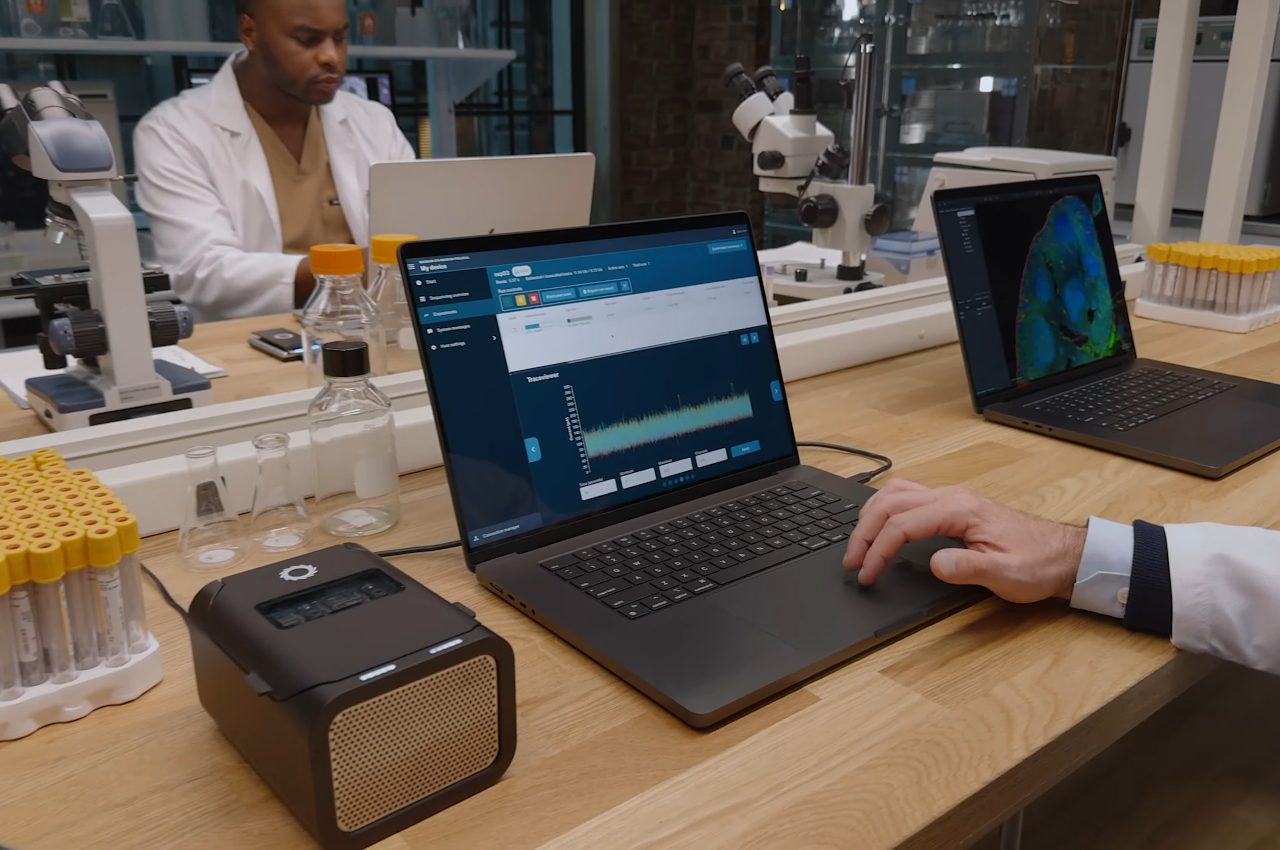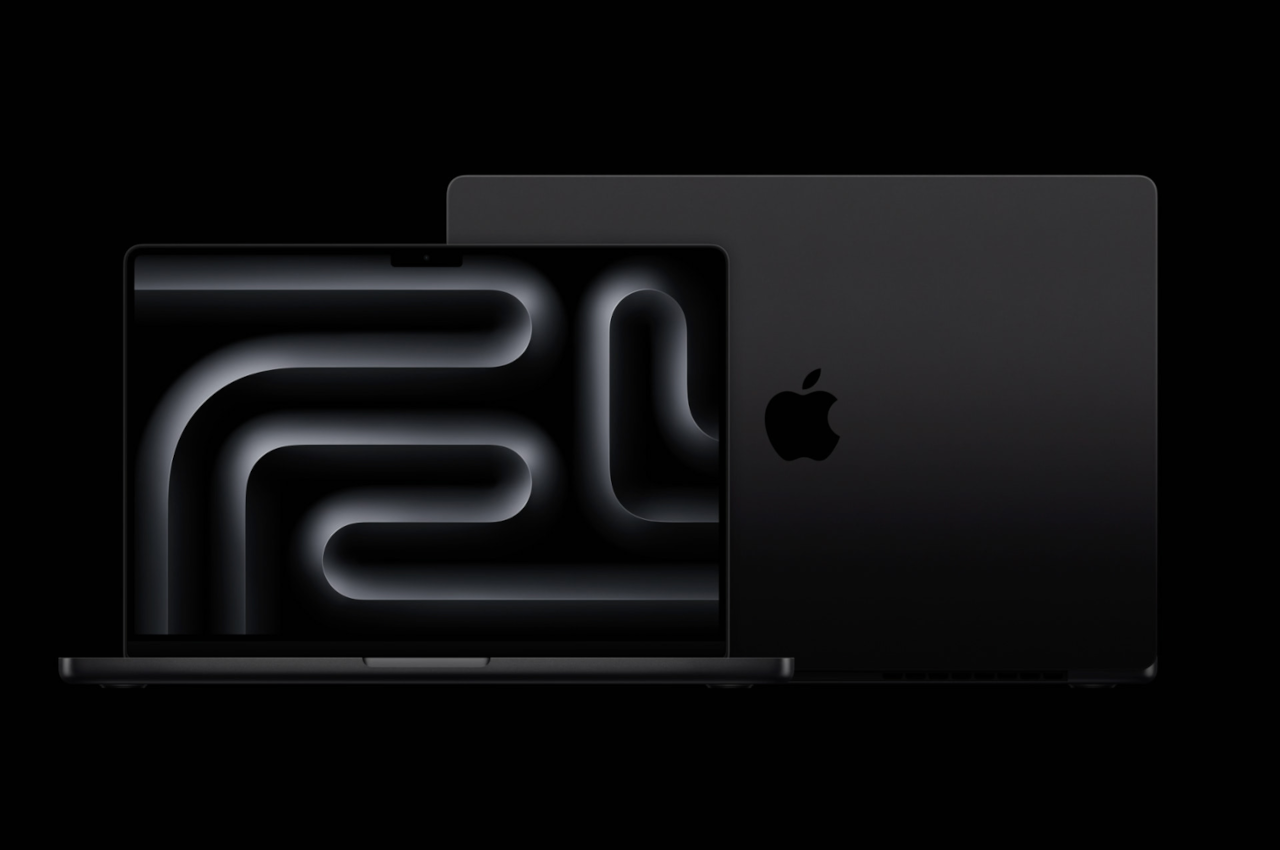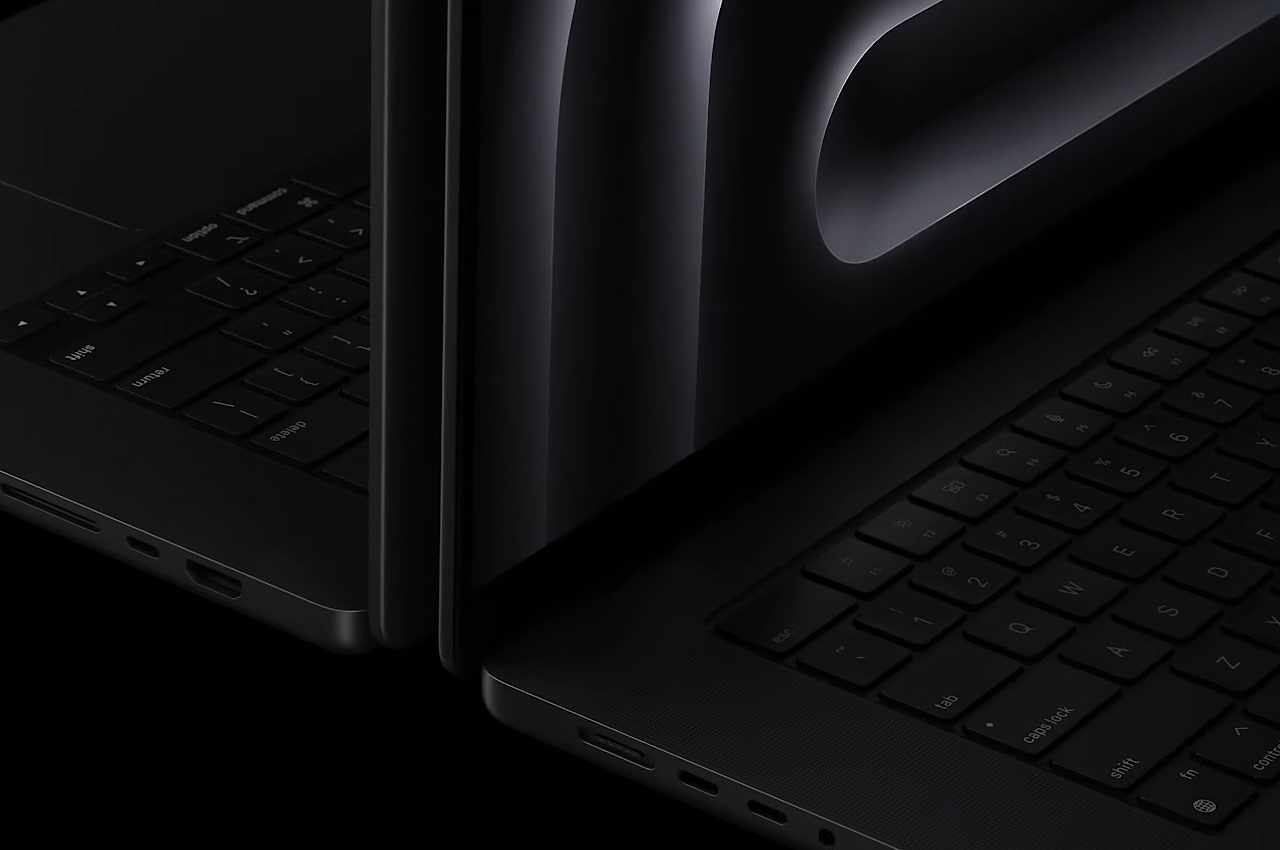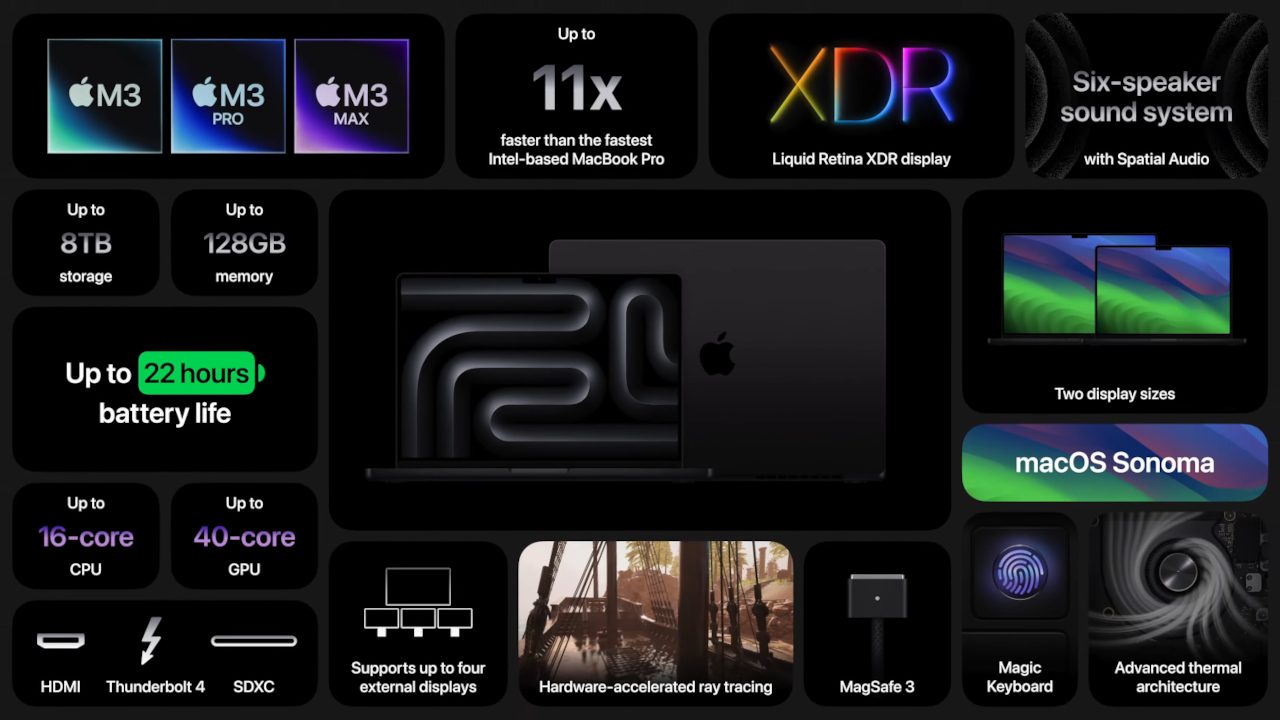We’ve all been the victims of tangled cables, not just at our desks but especially in our bags. Not only does the mess of jumbled wires make us lose time when we need to quickly plug in our devices, we also lose items in our bags simply because this clutter gets in our way. Cable management solutions exist for many desks, but people on the go are often left at the mercy of hastily cobbled-up bands, ties, and whatnot, none of which are effective, let alone elegant products. You don’t need an elaborate and complicated mechanism to keep charging cables in check, as this innovative wrap for MacBook chargers proves, providing an easy and quick way to tame those unruly wires while looking good at the same time.
Designer: Blair Hesty (Founder and Industrial Designer, BAIR)
Click Here to Buy Now: $28. Hurry, offer ends soon!

Laptop charging cables are a necessary evil for us to be able to work these days. But even the minimalist designs of the MacBook power adapter still fall prey to the problem of getting tangled around not only itself, but everything else in your bag. This costs you time and peace of mind whenever you need to take it out, especially when in a hurry.
TAIM is a cable management solution that looks so simple that you might wonder why it didn’t already exist. It attaches snugly around a MacBook charger and provides a way to let you wrap the cable around the block, and then secure the cable so that it never gets loose until you actually need it. It’s efficient and fast, so you spend less time managing cables and more time actually getting stuff done. Whether you’re at the office about to head home, at home about to rush out the door, or enjoying a freshly brewed cup of coffee while hammering away at that report, TAIM is the perfect solution to save time and reduce frustration.
The ingenuity of TAIM comes from a robust hook and loop attachment that lets you quickly fasten or unfasten the wrap; no need to fiddle with buttons or complicated mechanisms. A machined metal “grab tab” with a beautiful satin bronze finish also makes it easy to see or even just feel the end of the wrap so that you can quickly release the elastic retention band in a flash. Simply pull the tab and let the cable drop free, ready to plug into your MacBook for a quick charge.
Best of all, TAIM is made with high-grade materials that not only look and feel good, it will last you a long time. Durable elastic is used to wrap around the charging block and the captured cables, while custom Merino wool felt adds a luxurious texture to the product, a fitting quality for a design made to match Apple’s high-quality products. Made specifically for single-port USB-C Apple MacBook power adapters, TAIM frees you from the stress of dealing with unruly cables and lost time, providing a design that not only works well but looks striking to boot. Stand out of the crowd, and start crafting your image today with TAIM by BAIR.
Click Here to Buy Now: $28. Hurry, offer ends soon!
The post Tame your MacBook charging cables with this ingenious and beautiful wrap first appeared on Yanko Design.
